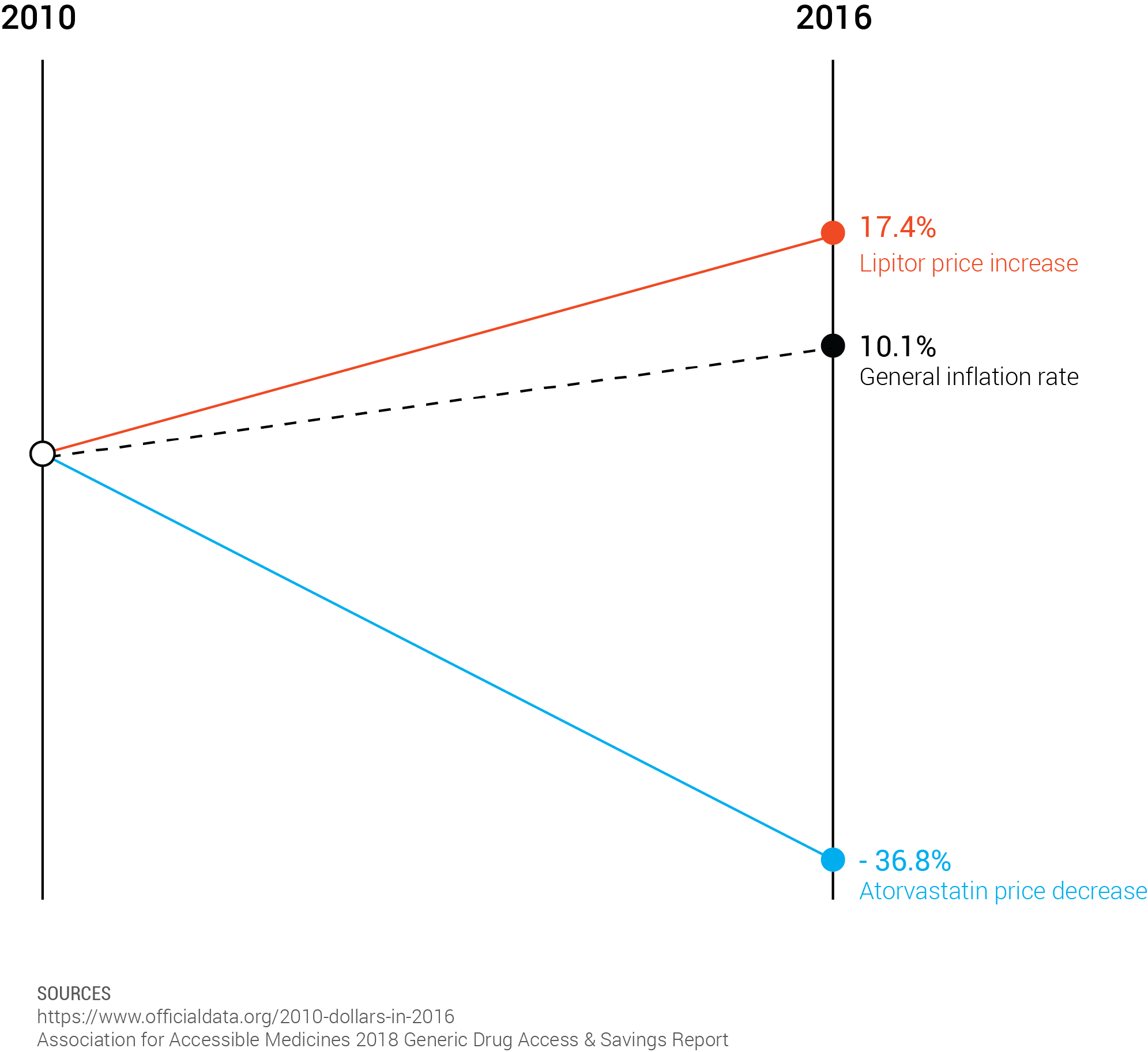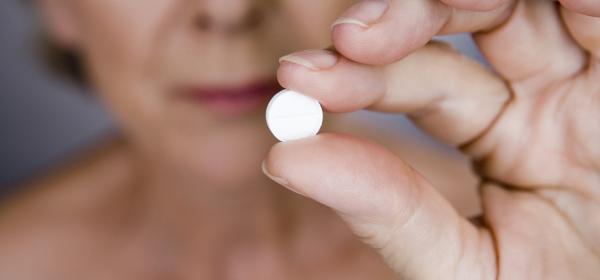The 10th edition of AAM’s annual generic drug savings and access report, which was released last month, is full of important data for policymakers as well as industry leaders. The report provides detailed information on savings by state, payer type, treatment area, and other factors, as well as the state of the biosimilars market. Here are 10 noteworthy takeaways from the publication.
- Generics still drive savings, and branded pharma still drives inflation. Prices for generic medicines have been falling year-over-year at a rate of almost 7 percent (Raymond James & Associates). Meanwhile, brand drug prices continue to rise at a pace greater than 100 times inflation (AARP).
- 93% of generic prescriptions are filled for $20 or less. The average copay? $6.06.
- Brand-name drugs represent only 10% of prescriptions in the U.S. but 77% of drug spending.
- In 2017, generics saved Medicare over $82 billion. That’s $1,952 per enrollee.
- In 2017, generics saved Medicaid over $40 billion. That’s $568 per enrollee.
- Generics bring cholesterol—and prices—down. 114.2 million Atorvastatin (generic Lipitor) prescriptions were dispensed in the U.S. last year.

17.4% Price increase for Lipitor, from 2010 to 2016
10.1% General inflation rate during the same period
36.8% Price decrease for atorvastatin during the same period - Generics mean better health.

23.1% Brand-name prescriptions that are called in but never picked up
8.5% Generic prescriptions that are called in but never picked up - Too few buyers hold too much power. Three large buying consortia control 90% of the generics market. As a result, some generic companies are deciding not to launch new approvals and even opting to exit markets.
- Patent games are on the rise. Almost 80% of the roughly 100 best-selling drugs extended their monopoly protection at least once. And 78% of “new” drug patents were actually for repurposed versions of old drugs.
- Policymakers aren’t listening. According to a survey conducted by the Kaiser Family Foundation, 80 percent of Americans say the cost of prescription drugs is unreasonable. And yet, at the federal and state level, legislation continues to arise that fails to account for differences between the brand industry that drives higher prices and the generic industry that drives savings.
View Savings Report Infographic

By Erica Klinger, AAM Marketing Director

